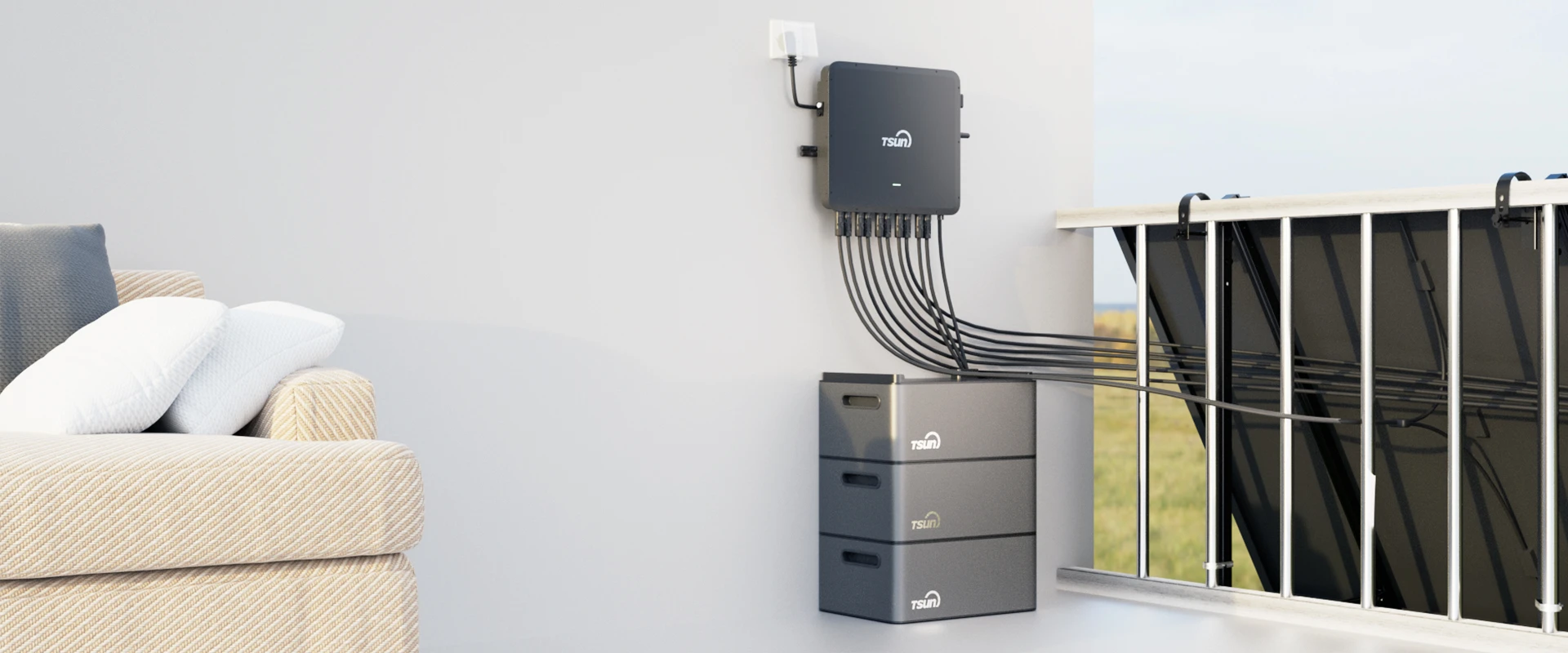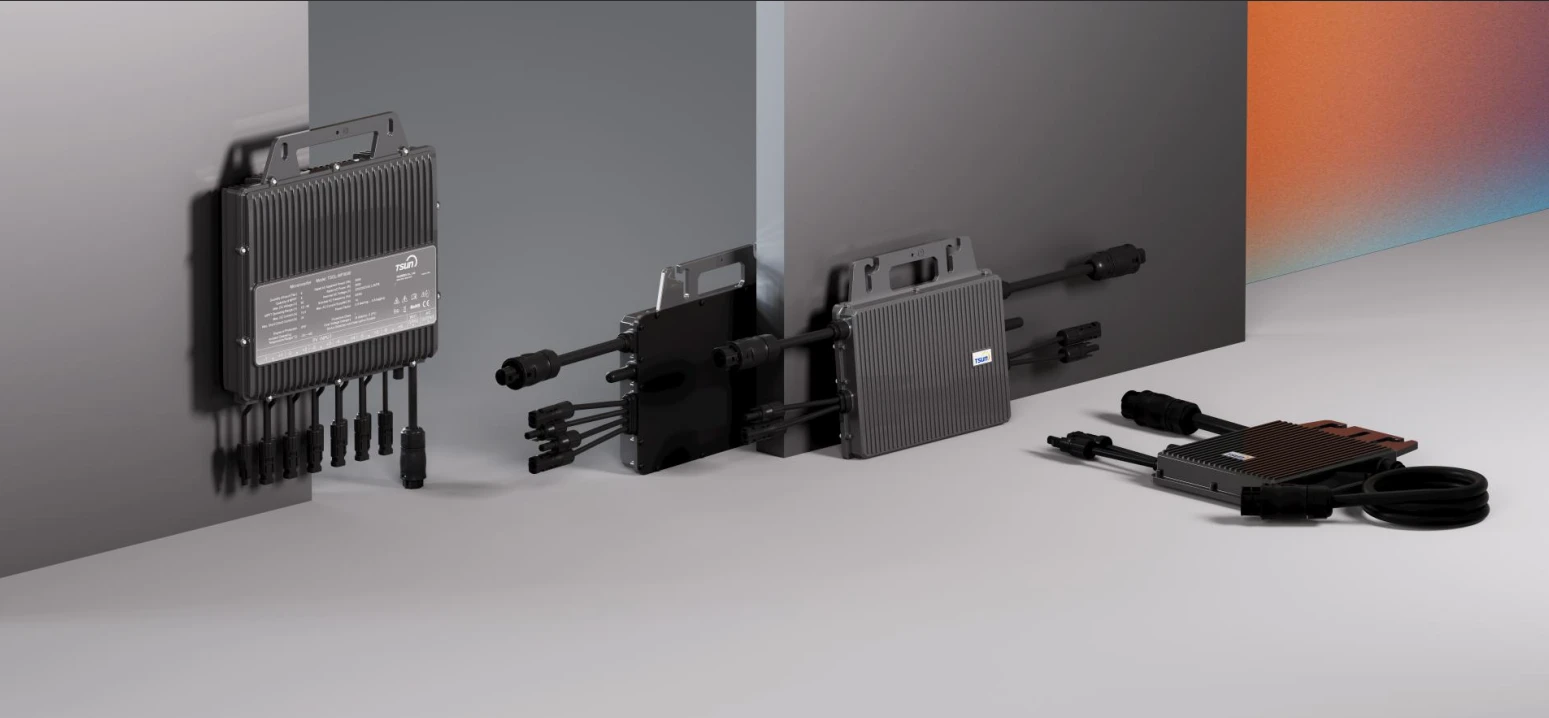Microinverters have revolutionized the solar energy landscape, offering significant advantages over traditional string inverters and paving the way for more efficient and reliable solar power systems. While both technologies convert direct current (DC) produced by solar panels into alternating current (AC) for home use, microinverters do so with a level of precision and reliability that is usually unattainable by conventional models. This detailed analysis delves into the intricacies of microinverters, their operations, benefits, and their expanding role in solar energy solutions.

A microinverter is a small electronic device typically installed beneath each solar panel in a photovoltaic (PV) system. Unlike string inverters, which manage arrays of panels together, microinverters operate independently on individual panels. This decentralized approach allows solar installations to harness maximum power even in conditions that are less than perfect.
One of the paramount advantages of microinverters is enhanced energy yield. In a string inverter setup, the output of the entire array can be compromised if one panel underperforms, due to shading, dirt accumulation, or perhaps a defect. In contrast, microinverters isolate the performance of each panel, ensuring that optimal energy conversion continues irrespective of localized issues affecting specific panels. This not only increases overall system efficiency but also boosts total energy production over time.

Reliability is another strong point for microinverters. As string inverters handle power conversions for numerous panels simultaneously, they can become a single point of vulnerability. If a string inverter fails, the entire system could be rendered inoperative until repaired. The distributed nature of microinverters diminishes this risk; even if one fails, only that panel's output is affected, leaving the rest of the system operational.
Incorporating cutting-edge technology, many microinverters feature sophisticated monitoring capabilities. Homeowners and installers can track and analyze the performance of each panel independently through online platforms or apps. This accessibility to real-time data enables quick troubleshooting and facilitates regular maintenance, preventing potential issues before they lead to significant power losses.
what is a microinverter
From an installation perspective, microinverters offer simpler and more flexible configurations. They eliminate the need for high-voltage DC wiring across the roof, enhancing safety and allowing for installations on arrays with diverse orientations and tilts. This has broadened the feasibility of solar panel placement on complex rooftops, maximizing utilization of available space and sunlight.
In terms of longevity, microinverters have made significant strides in durability. Most manufacturers provide warranties that extend up to 25 years, aligning with the expected lifespan of solar panels. This ensures sustained performance and investment protection, crucial for homeowners seeking long-term energy solutions.
As solar technology rapidly evolves, microinverters continue to incorporate innovative features. Some models are now equipped with battery storage compatibility, allowing homeowners to store excess power for use during peak times or outages. This not only ensures energy security but also takes advantage of shifts in utility rate structures.
Despite their premium upfront cost compared to conventional inverters, the long-term benefits of microinverters in terms of energy efficiency, system reliability, and installation flexibility often outweigh initial investments. When considering the integration of solar technology into a property, weighing the comprehensive advantages of microinverters is key in making an informed decision.
Ultimately, as the global movement toward renewable energy gains momentum, microinverters underscore the notion that sustainable solutions lie not only in developing new technology but also in refining and maximizing existing capabilities. This continuous improvement equips consumers and industries with the tools necessary to meet and exceed their energy goals in an eco-friendly manner.
 LEARN DETAILS
LEARN DETAILS



